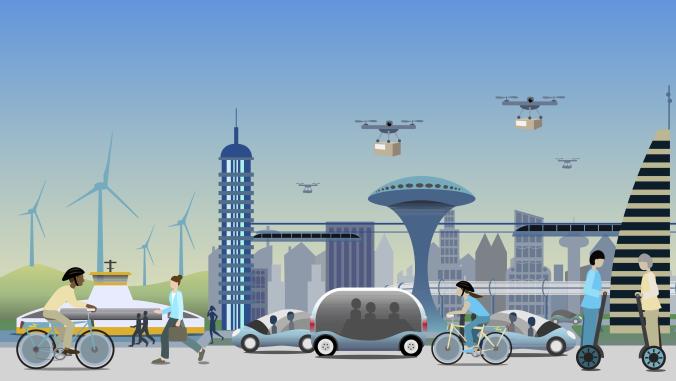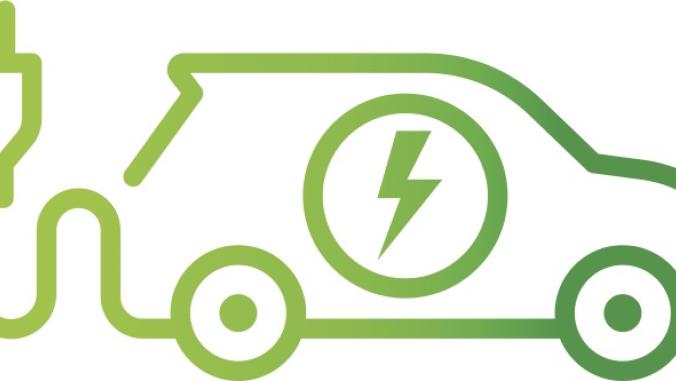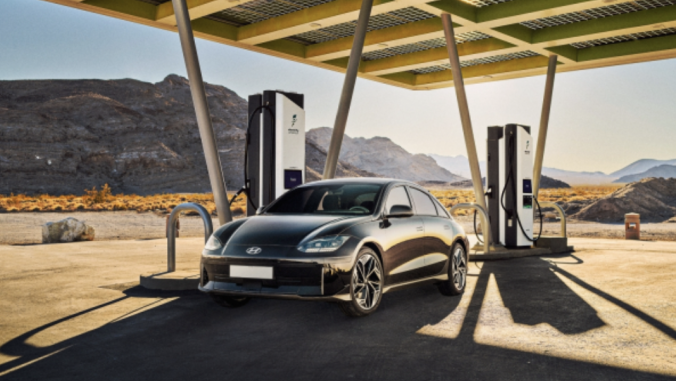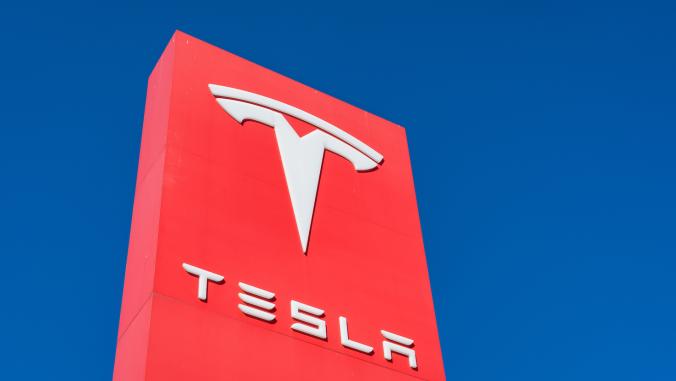A recent Geotab survey of 110 fleet professionals found that 54 percent of fleets surveyed have electric vehicles (EVs) already in their fleet or on order. While that number may seem high, if you attended this year’s ACT Expo in Anaheim, California, then it would seem the number should be much higher. And with the recent passage of California’s Advanced Clean Fleets rule, that number will surely go up.
In speaking with attendees throughout the week who’ve participated in years prior, they said this year just felt different as most of the 217 exhibitors in the expo showcased all-electric and zero-emission trucks, vehicles, charging and zero-emission vehicle components. While this was my first ACT Expo, I can confirm that the transition to heavy-duty vehicle electrification has hit a new era. But some challenges still exist.
‘The messy middle’
The messy middle is something the North American Council for Freight Efficiency (NACFE) and Mike Roeth, its executive director, have coined to depict the transition to zero-emission trucking. Roeth spoke during a session at ACT, sharing insights about NACFE’s and RMI’s new Run on Less Electric Depot, where eight fleet depots will focus on scaling electric trucks across a variety of market segments. One of those companies includes Frito-Lay, which also announced it will use 700 electric delivery vehicles in the U.S. by the end of the year.
The messy middle, as shown in the diagram below, captures where the heavy-duty trucking industry is currently as it moves toward a future of zero-emission trucks. Roeth emphasized the future of trucking will be zero-emission and what the industry does now will help make that future a reality.
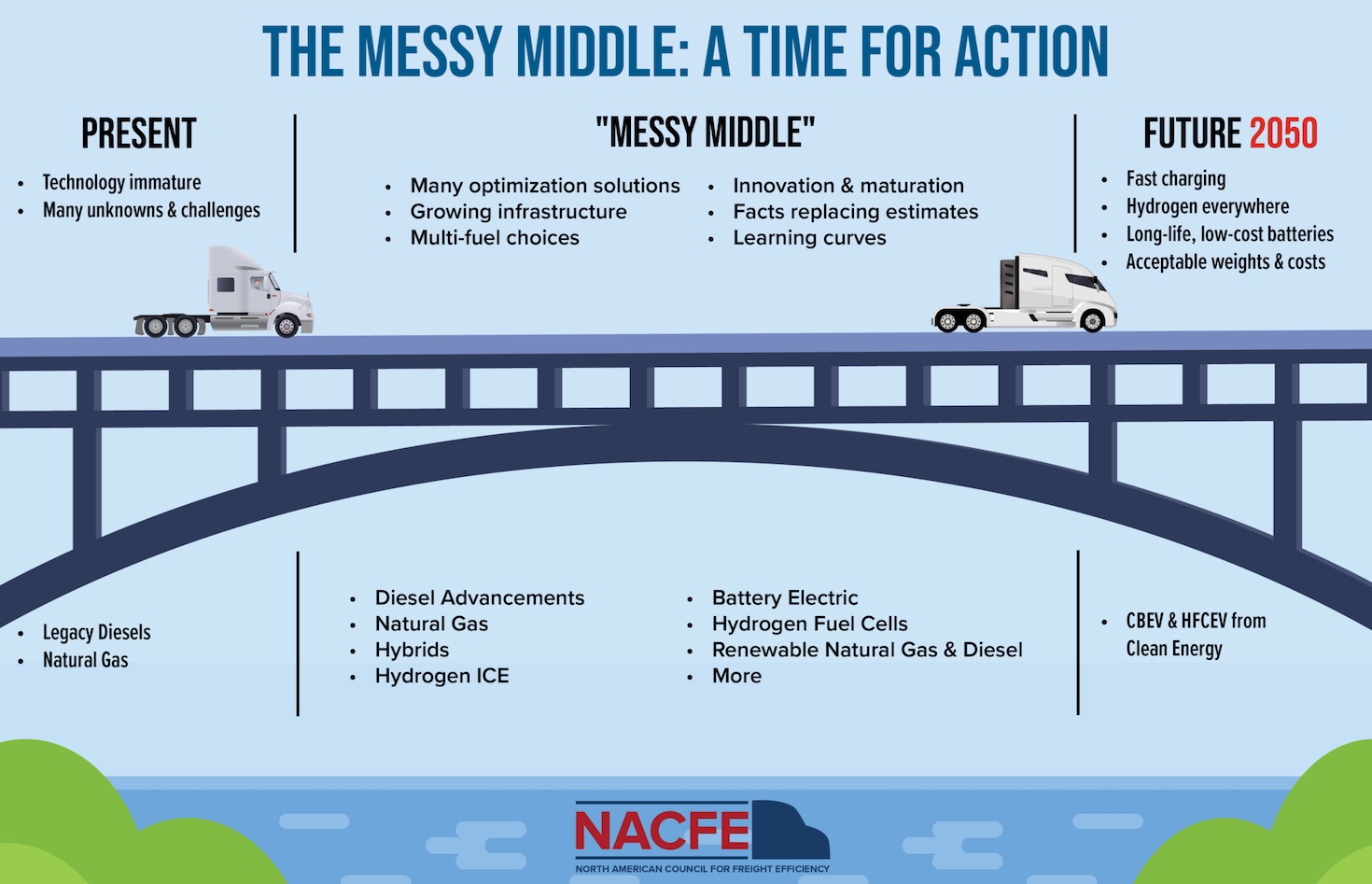
Graphic courtesy of NACFE
The challenge of charging
I spoke with dozens of professionals across the fleet ecosystem at ACT, both industry leaders at it for years and newcomers entering the space. What became clear very quickly was that vehicle availability was no longer at the forefront of the conversation. Many company fleets shared stories of how they received delivery of new EV trucks only to have them be unusable because of a lack of charging infrastructure or deployed interim battery/charging solutions until their depot charging was up and running.
Company fleets are facing challenges with deploying depot charging, and many of these challenges involve utility engagement. Justine Chao, senior project manager, e-mobility at Southern California Edison, shared some hard truths with audience attendees — including that it may take three to five years to get charging deployed for some large fleet electrification plans due to power requirements and system upgrades. Hannah Kassabian of Electrify America also shared a journey map to help provide fleets with a roadmap for engaging utilities on charging, emphasizing the importance of planning and working with utilities as early as possible.
It’s all going to work out
While serious challenges exist in engaging utilities and getting EV charging deployed at facilities, I see this moment, a.k.a. the messy middle, as a good thing. It means the transition is underway. Only through action do problems, like the current charging problems, get resolved.
For example, during ACT, Daimler Truck North America, NextEra Energy Resources and BlackRock Alternatives announced a joint venture called Greenlane to develop and operate U.S. public EV charging and hydrogen fueling infrastructure for medium- and heavy-duty fleets. Greenlane is only the most recent public charging depot play as the company joins Voltera Power and Terawatt Infrastructure, which are also building similar public charging depots.
Neha Palmer, co-founder and CEO of Terawatt Infrastructure, compared the current struggles of deploying EV charging infrastructure with her past life working in the energy space at Google. "I come from data centers, which have a very similar type of development cycle," Palmer said. "You gotta find the location, get the power; it's a long conversation with the utility as data centers can be hundreds of megawatts, so there are templates out there to follow."
Matt Horton, CEO of Voltera Power, also shared similar thoughts with me as the company prepares to announce its first public depot charging location in San Francisco, already fully reserved by fleets. "We’re at the beginning of creating a new asset class, around specialty real estate focused on charging," Horton said. "A lot of other industries have done what we’re doing, and we’ve taken a lot of lessons from the data center business as well as telecommunications."
The comparison to data centers and this thinking by leaders makes me hopeful the industry will solve the charging challenges currently ongoing. We’ve done it before and we can do it again.
Do too many solutions exist?
ACT showcased the vehicle electrification industry in full force with a seemingly endless room of various charging solutions, electric and hydrogen vehicles, software solutions and more. As Josh Green, founder and CEO of Inspiration Mobility, pointed out to me, that itself may be a challenge for fleet managers to navigate.
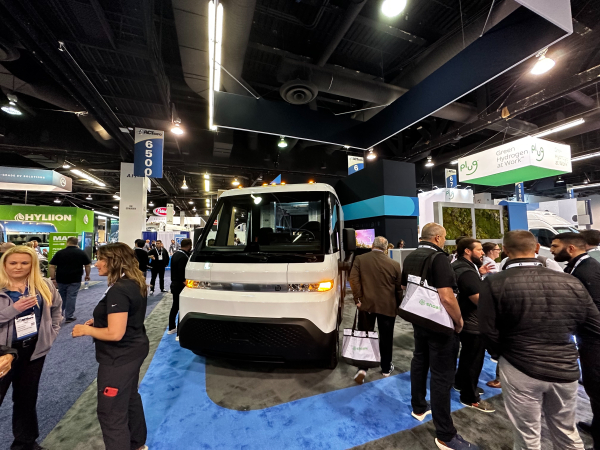
A BrightDrop vehicle on display at the ACT Expo. Photo by Vartan Badalian/GreenBiz
"Walking around this massive expo hall, while a very positive signal for the industry, it’s also a bit of a challenge if you’re sitting in a fleet decision-making seat and trying to figure out how to electrify because the sheer number of companies with similar sounding solutions is intimidating and it’s probably hard to differentiate which is best," Green said.
Green pointed out how this can lead to paralysis from analysis as fleet managers must then talk to a long list of potential partners. Inspiration Mobility represents one solution as Green’s team helps take the burden of all that for fleets and is the integrator, partnering with fleets to finance, build, own and operate assets to enable fleet electrification.
Green shared one solution for fleet managers facing a long list of providers. "Don’t get locked into too much upfront," Green said. "Given the pace of change, our advice is to stay nimble."


